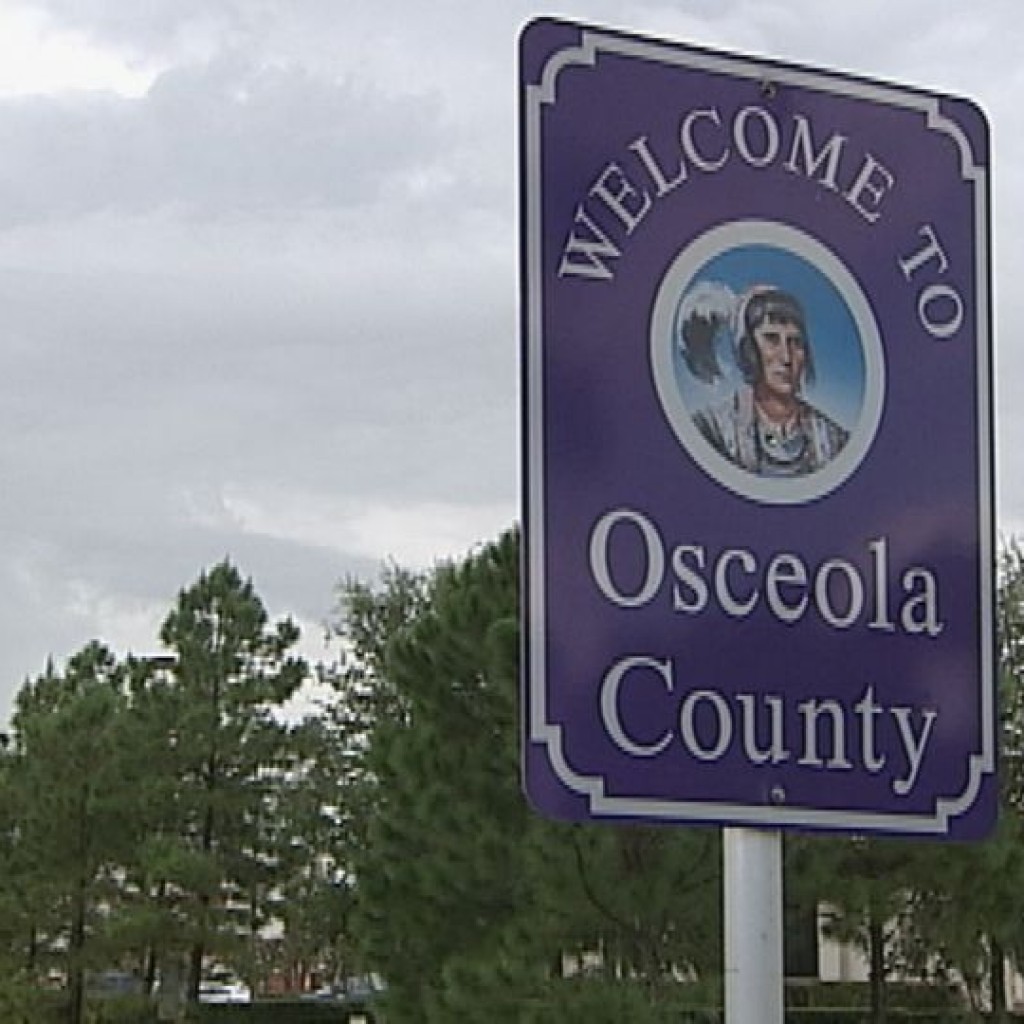
Except for a handful of very small counties in other states, no place in America saw more population change due to immigration than Osceola and Miami-Dade counties during the period of 2010 to 2018, according to estimates from the U.S. Census Bureau.
Those two Florida counties and a small handful of other Florida counties saw such inflows of immigrants and people from Puerto Rico [whom the U.S. Census Bureau defines as immigrants] that they were among the highest immigration rates in the country.
Meanwhile, dozens of Florida counties saw very little population growth from immigration during that period.
The numbers, which will be expanded to the full decade and fleshed out in fine detail through the upcoming 2020 census, show the geographic split in Florida over immigration. In a small few, mostly urban or suburban counties, immigration has had an enormous impact. But in most counties immigrants had small impacts.
Osceola County, a magnet for tens of thousands of Puerto Ricans over the past few years but also for immigrants from other countries, had the greatest percentage growth from immigration from 2010 to 2018 of any county in America with at least 10,000 people, according to the most recent census estimates released last year.
From 2010 to 2018 Osceola added 99,305 new residents, increasing the county’s population to 367,990, according to the estimates. Among the new residents, 42,640 were immigrants or Puerto Ricans.
That means immigrants alone increased Osceola County’s population 15.9 percent since 2010, the most change due to immigration of any county in America with a population of at least 10,000 residents.
There were a handful of counties across the country that had higher rates, but they all were quite small, so the increases involved very few newcomers. For example, Kenedy County in Texas attracted 68 immigrants during the period, but that was enough to increase the county’s population by 16.3 percent.
Miami-Dade County had the nation’s second largest percentage growth from immigrants during that period for counties of at least 10,000 population. Miami grew by 265,146 between 2010 and 2018, reaching 2.76 million in population. Immigrants increased the county’s population by 15.1 percent.
As a state, Florida was revealed to have had the greatest population growth in the country due to immigration between 2010 and 2019, according to even newer data that the Census Bureau released last week that focused only on states.
About four of every ten new residents of Florida since the 2010 census arrived from Puerto Rico or other countries, totaling 1.1 million during the period. They increased Florida’s population by 5.9 percent from 2010 to 2019.
The county-by-county data released earlier this year, which only runs through 2018, suggests Florida’s immigration growth was limited to a small number of receiving counties.
Among the 2,428 American counties with populations of at least 10,000, Orange County had the ninth highest population growth rate due to immigration, and Broward County had the 19th.
Yet after those four, and a few more, immigration rates falls off sharply among Florida counties. Eight Florida counties, Osceola, Miami-Dade, Orange, Broward, Hendry, Palm Beach, Collier, and Hillsborough, saw enough immigration from 2010-18 to increase their populations by at least 5 percent.
Another 19 Florida counties saw immigration increase their populations by between 2 and 5 percent during the period.
Yet 27 Florida counties, most notably Santa Rosa, Citrus, and Sumter, saw immigrants add less than 1 percent to the county’s populations during the period. Another



